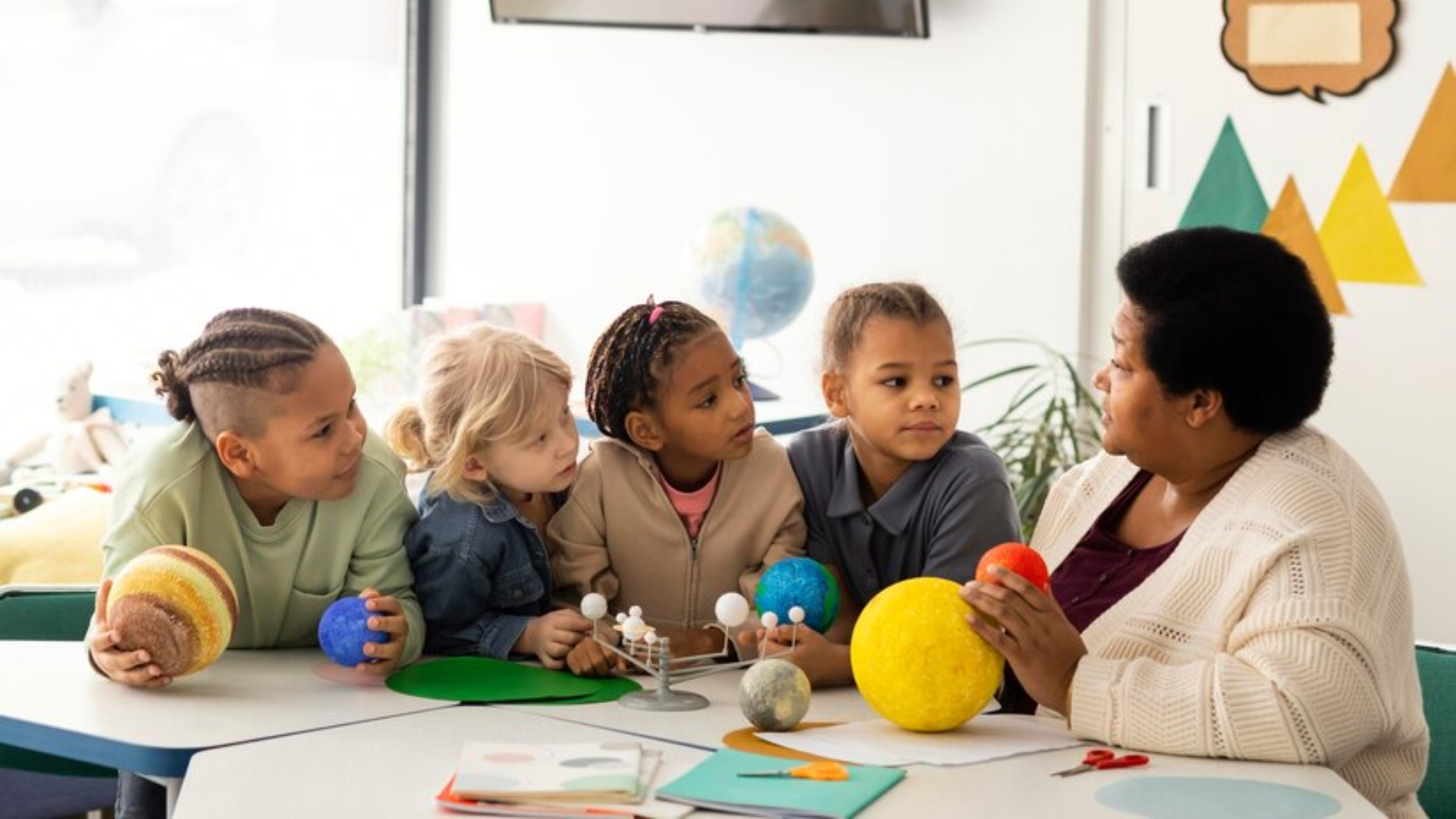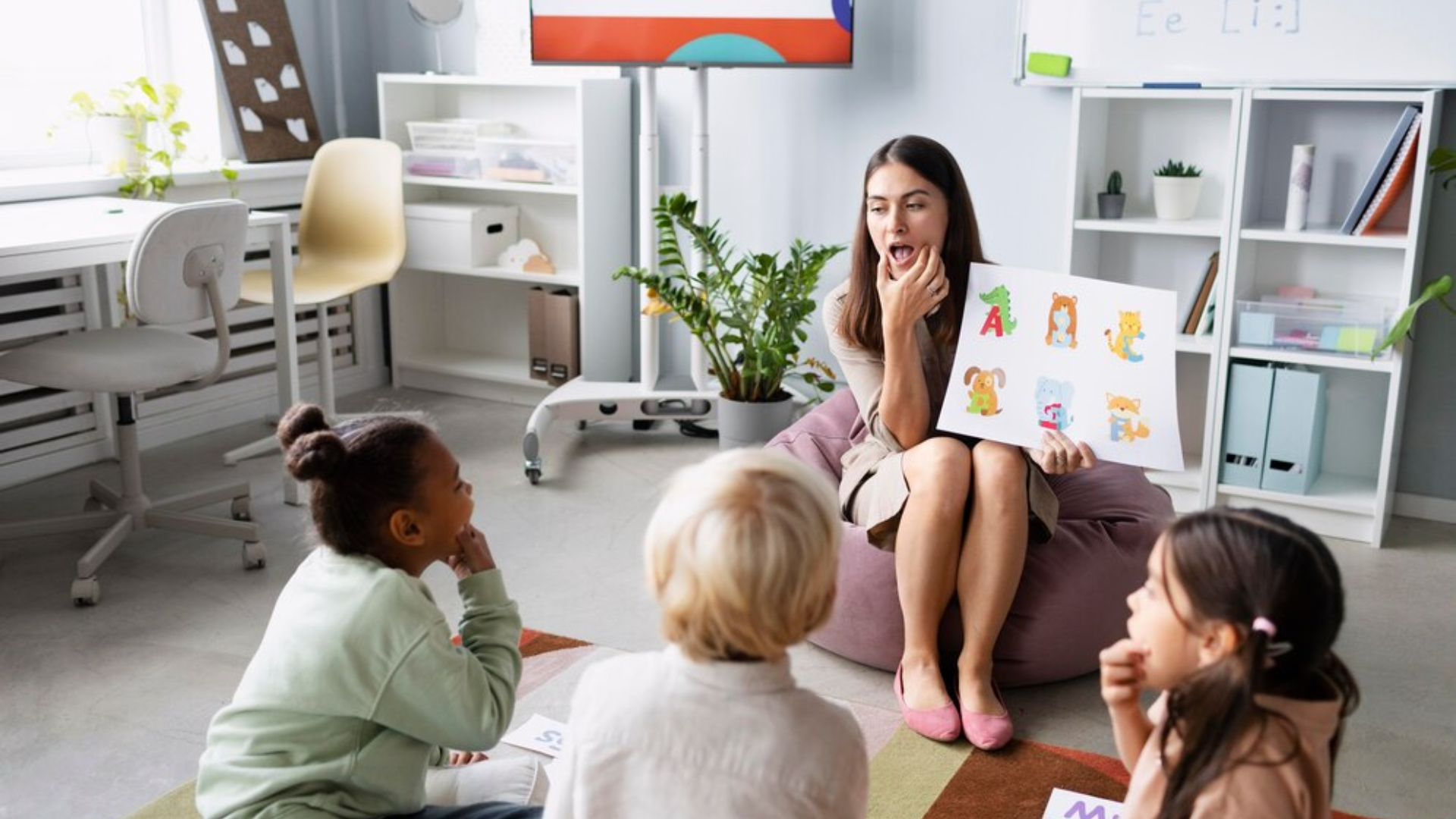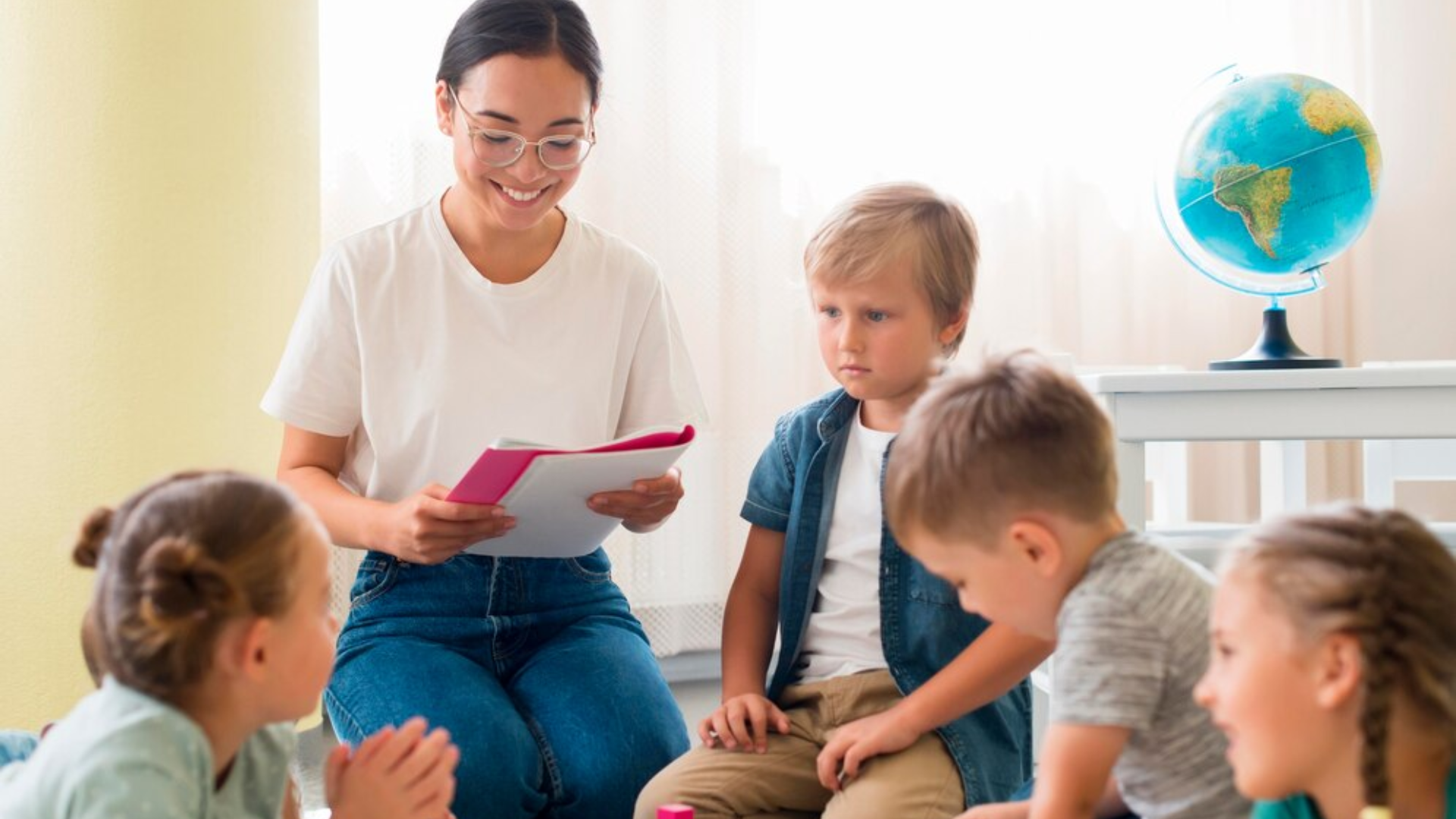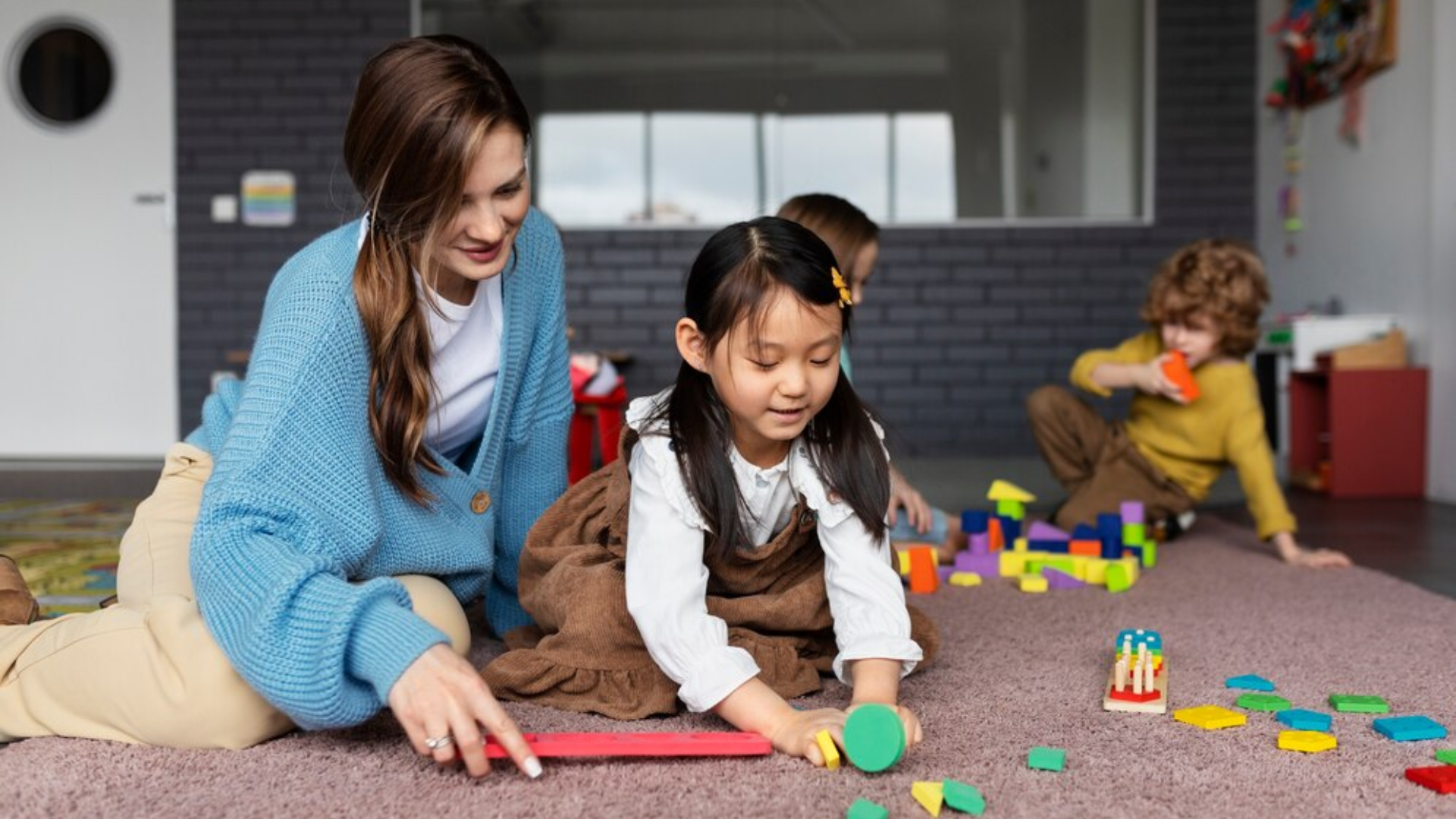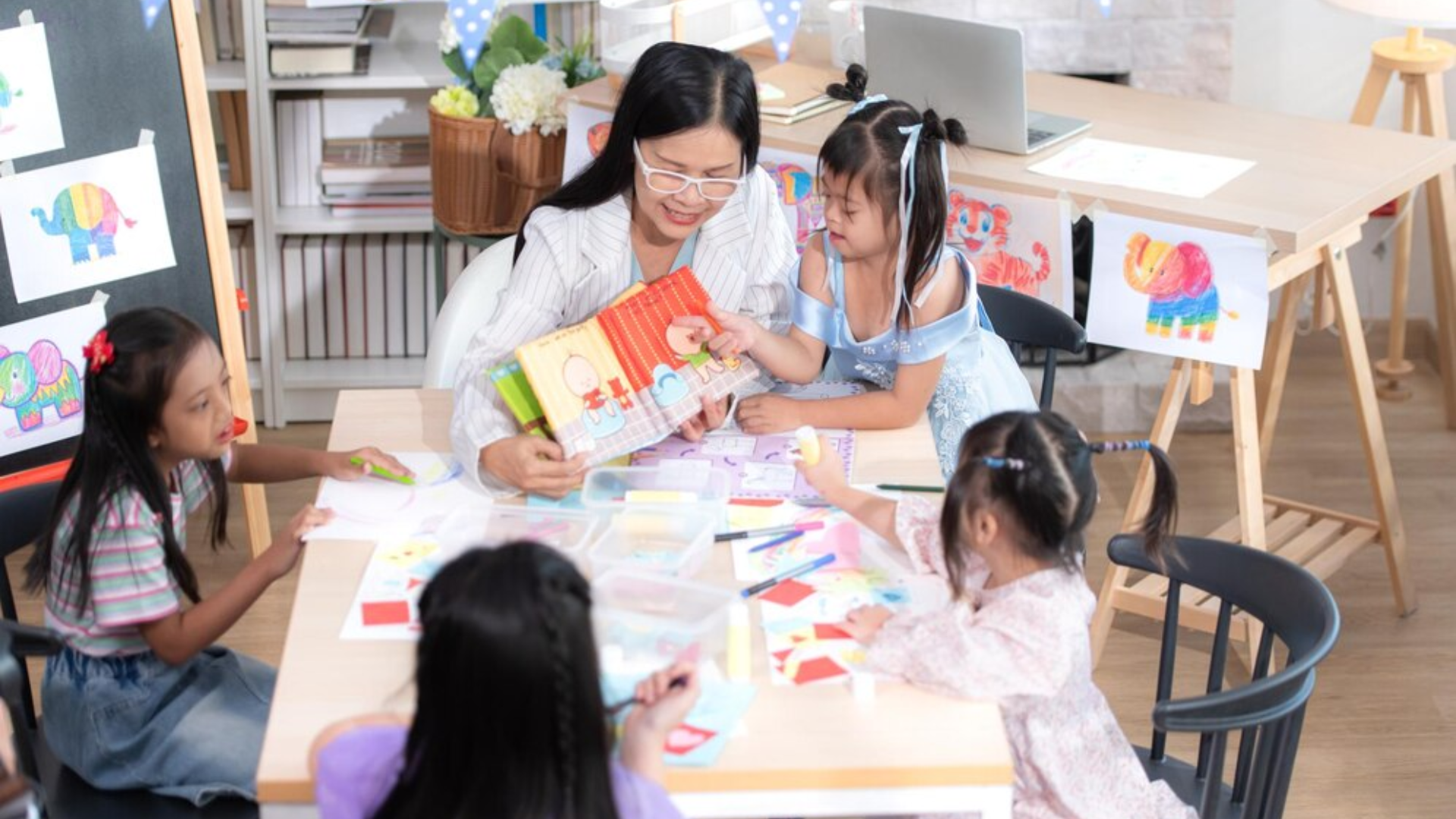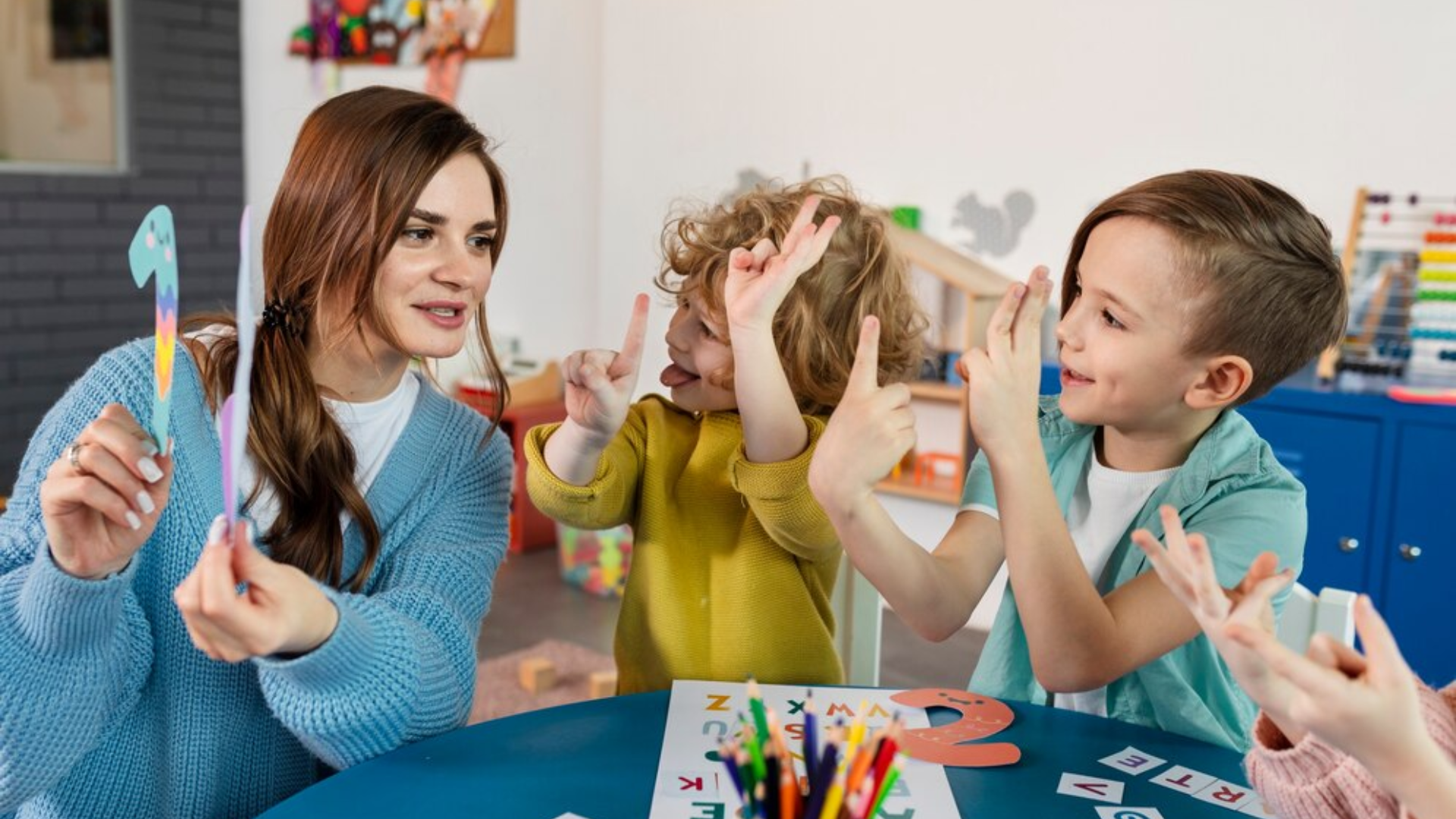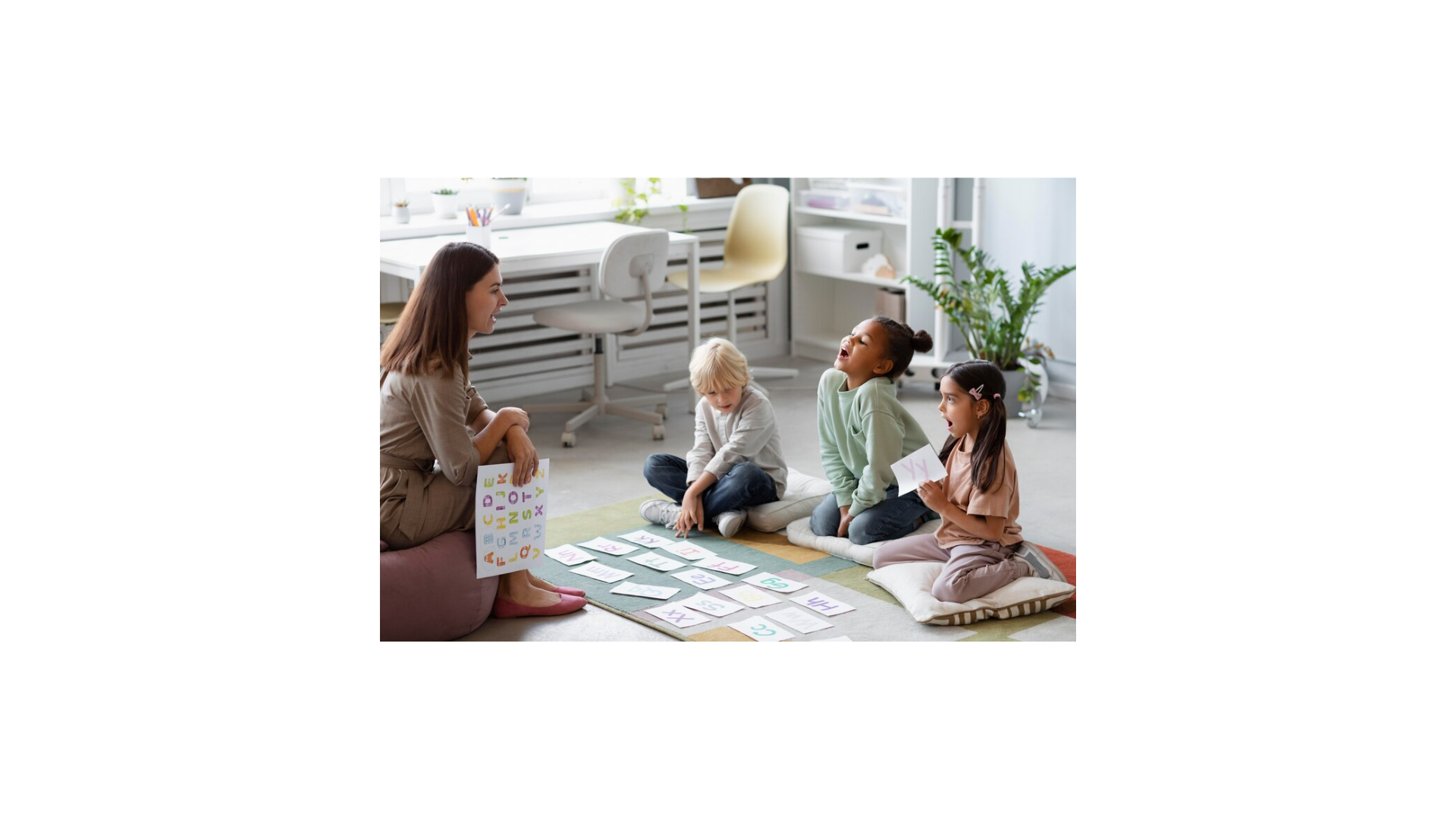How The Learning Tree Encourages Creativity and Exploration
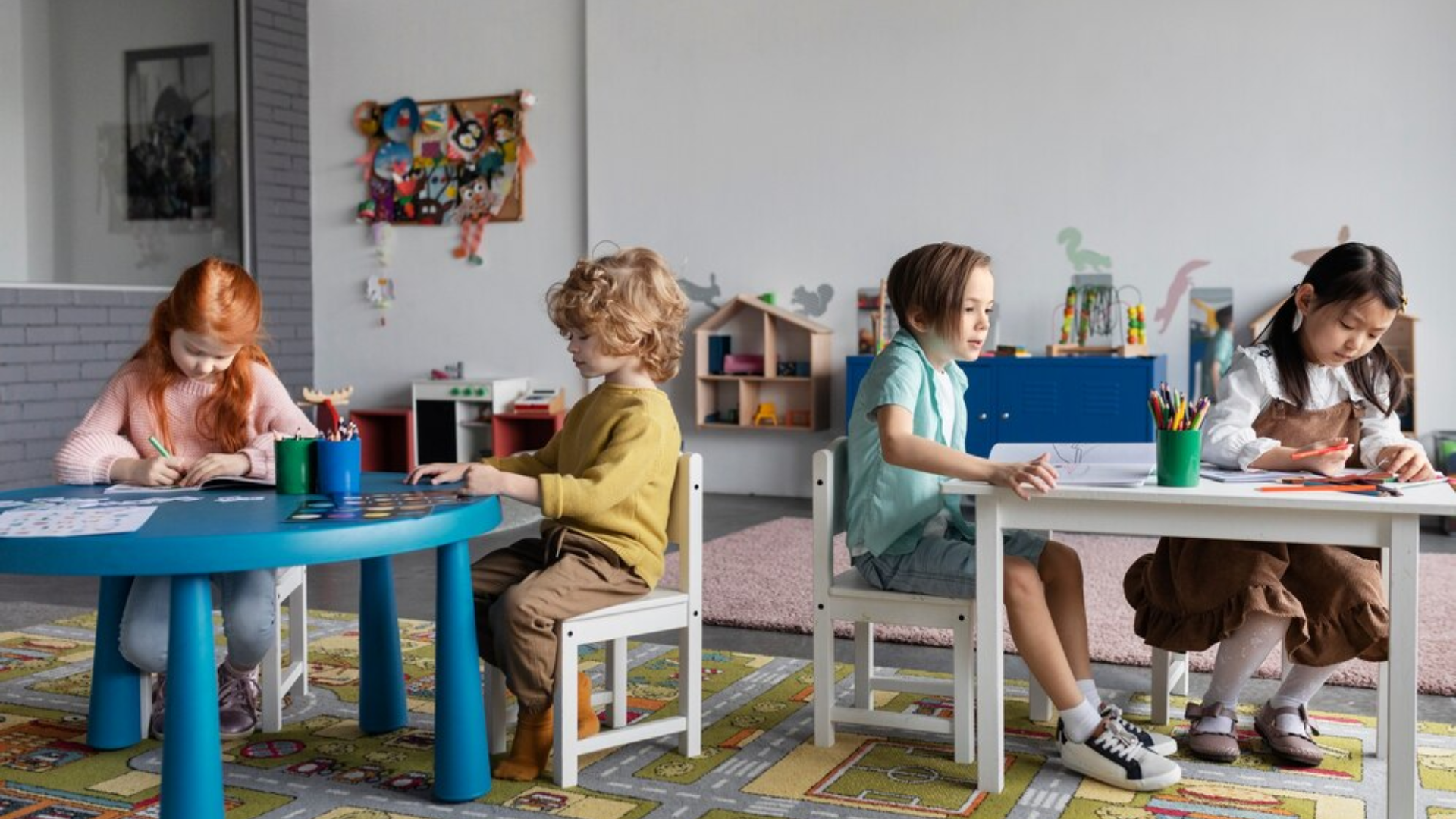
At The Learning Tree of Palm Bay, we understand that creativity and exploration are essential components of a child’s development. The early years of childhood are filled with discovery, and fostering a child’s natural curiosity and imagination is a key part of our educational philosophy. Through hands-on learning, open-ended activities, and a nurturing environment, we encourage our students to think creatively, explore new ideas, and embrace their inner curiosity.
In this blog post, we’ll explore how The Learning Tree creates an environment that inspires creativity and exploration, helping children develop essential skills for the future.
1. A Play-Based Learning Approach
Why It Works:
Children learn best through play. It’s during play that they experiment, solve problems, express their ideas, and interact with the world around them. At
The Learning Tree, we believe that play is not only fun but also a powerful learning tool. Our play-based curriculum allows children to explore new concepts in an enjoyable, hands-on way, sparking creativity and encouraging them to think outside the box.
How It Works at The Learning Tree:
Our classrooms are designed to foster imaginative play. Whether children are building with blocks, acting out stories with puppets, or exploring the outdoors, each activity is an opportunity for creative expression. Teachers provide open-ended materials that encourage children to use their imagination and problem-solving skills. For example, instead of simply following instructions to build a specific structure, children are encouraged to design their own creations, think critically about how to make their designs stable, and explore new ways to use the materials.
Learning Outcomes:
- Development of problem-solving and critical thinking
- Encouragement of self-expression and imagination
- Enhanced social and emotional development through collaborative play
2. Hands-On Learning Opportunities
Why It Works:
Hands-on learning experiences are essential for stimulating a child’s creativity. When children are actively engaged in tactile activities, they not only learn new concepts but also gain the opportunity to explore their own ideas and approaches. The process of hands-on exploration allows them to understand the world through direct interaction and experimentation, encouraging them to think creatively and try new things.
How It Works at The Learning Tree:
From art projects to science experiments, our curriculum includes numerous hands-on activities that inspire children to get involved and explore. For example, children might create their own art using different materials such as paints, clay, or natural objects they collect outside. These creative activities don’t have one "right" way to be done—children are encouraged to experiment, make mistakes, and find solutions in their own unique way. Similarly, our science experiments and sensory play activities help children explore the world around them through touch, sight, and sound, fostering a sense of wonder and discovery.
Learning Outcomes:
- Encouragement of independent thinking and creativity
- Hands-on engagement with learning materials
- Confidence-building through trial and error
3. Creating a Safe Space for Imagination
Why It Works:
In order for creativity to flourish, children need a safe, supportive environment where they feel free to express themselves without fear of judgment. A positive, nurturing classroom atmosphere allows children to take risks in their learning and explore their ideas without limitations. When children feel secure, they are more likely to embrace their creativity and share their thoughts and ideas with others.
How It Works at The Learning Tree:
We prioritize creating a safe, welcoming space for all of our students, where they feel valued and supported. Our classrooms are designed with this in mind, offering quiet areas for reflection, cozy reading corners, and open spaces for group activities. Teachers encourage creativity by praising effort, valuing each child’s unique contributions, and allowing room for individual expression. Whether a child is painting a picture, writing a story, or solving a puzzle, they know they can explore their ideas freely without fear of failure.
Learning Outcomes:
- Development of self-confidence and self-expression
- Greater willingness to take creative risks
- Strengthened social bonds through supportive classroom culture
4. Encouraging Curiosity Through Exploration
Why It Works:
Curiosity is the driving force behind learning and discovery. When children are encouraged to ask questions, investigate their surroundings, and explore new ideas, they develop a lifelong love of learning. At
The Learning Tree, we believe in nurturing each child’s natural curiosity and encouraging them to ask questions, explore the world around them, and seek answers on their own.
How It Works at The Learning Tree:
Our teachers are trained to respond to children’s questions with encouragement and curiosity of their own. Rather than providing immediate answers, we often guide children to think critically about the world around them. For example, if a child asks why the sky is blue, a teacher might suggest looking for clues together, such as observing the weather, reading books, or conducting simple experiments. Our outdoor exploration time is also an essential part of fostering curiosity. Whether it’s a nature walk to observe plants and animals or a science experiment to explore physical properties, we give children plenty of opportunities to discover answers on their own.
Learning Outcomes:
- Enhanced problem-solving and critical thinking skills
- A deeper understanding of the world through exploration
- Increased curiosity and a desire for lifelong learning
5. Arts and Creative Expression
Why It Works:
Artistic expression is a key avenue for creativity, and young children often use art as a way to explore their emotions, ideas, and perspectives. Whether through drawing, painting, music, or dance, children can communicate their thoughts and feelings in a non-verbal way, allowing them to express themselves in a creative, cathartic manner.
How It Works at The Learning Tree:
We incorporate art and creative expression into our curriculum in many ways. Our classrooms are filled with a variety of materials—paints, markers, clay, paper, and more—so children can create whatever their imagination inspires. Teachers often guide children through art projects, encouraging them to explore different techniques, experiment with colors, and tell their own stories through their artwork. Music and movement are also essential parts of the curriculum, with activities like singing songs, playing instruments, or dancing to rhythm. These activities promote creative thinking while fostering coordination, motor skills, and emotional expression.
Learning Outcomes:
- Enhanced fine motor skills through creative activities
- Encouragement of self-expression and emotional intelligence
- Strengthened cognitive abilities through music and movement
6. Promoting Collaboration and Teamwork
Why It Works:
While creativity is often thought of as an individual pursuit, collaboration can significantly enhance creative thinking. Working with others allows children to share ideas, combine resources, and solve problems together. It also fosters essential social skills like communication, empathy, and cooperation.
How It Works at The Learning Tree:
Our classroom activities are designed to promote collaboration and teamwork. Whether children are working together to build a structure, put on a puppet show, or solve a puzzle, they are encouraged to share ideas and work as a group. Teachers model how to take turns, listen to others, and appreciate different perspectives. Group activities not only enhance creativity but also help children develop important social skills that will serve them well throughout their lives.
Learning Outcomes:
- Improved communication and teamwork
- Enhanced creativity through shared ideas
- Development of social and emotional skills
At The Learning Tree, we believe that small class sizes are key to providing personalized attention and fostering meaningful learning experiences, which is why we emphasize their importance in early education. This personalized approach supports activities at home, like the fun learning activities, that can strengthen your child's growth and development beyond the classroom.
Conclusion: Fostering Creativity for Lifelong Success
At The Learning Tree of Palm Bay, creativity and exploration are at the heart of our early childhood education approach. By providing a nurturing, supportive environment that encourages play, hands-on learning, curiosity, and artistic expression, we empower children to think creatively, explore new ideas, and develop a love for learning that will last a lifetime.
We believe that by fostering creativity in the early years, we’re setting the stage for future success—both academically and personally. If you’re looking for a preschool that values creativity, curiosity, and exploration, The Learning Tree is here to provide the foundation your child needs to thrive.
